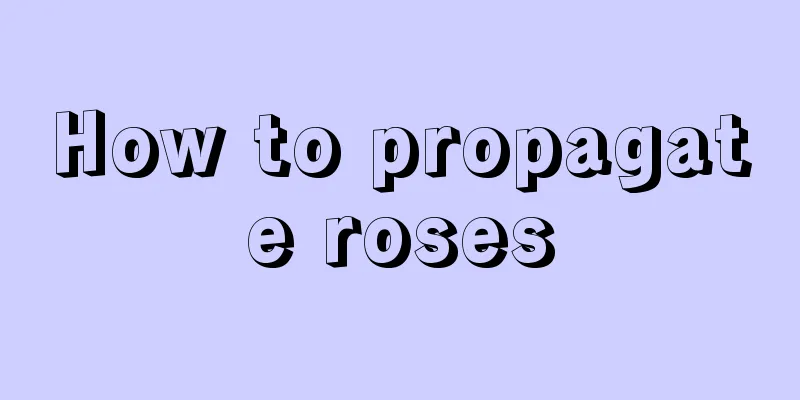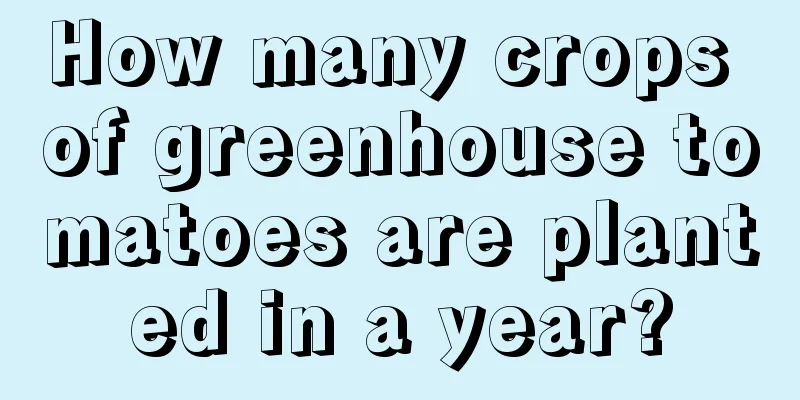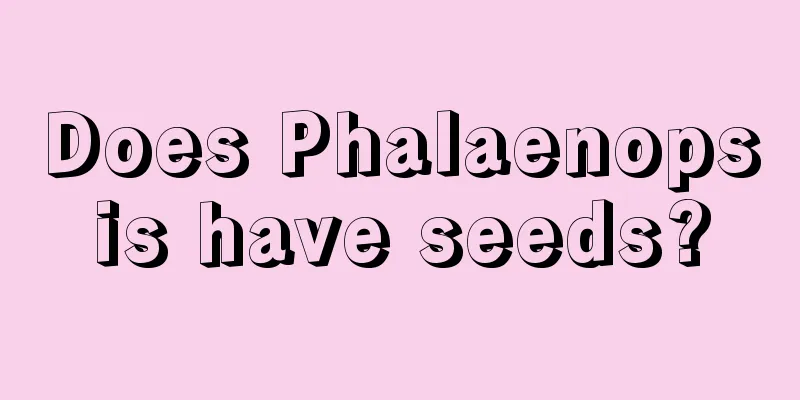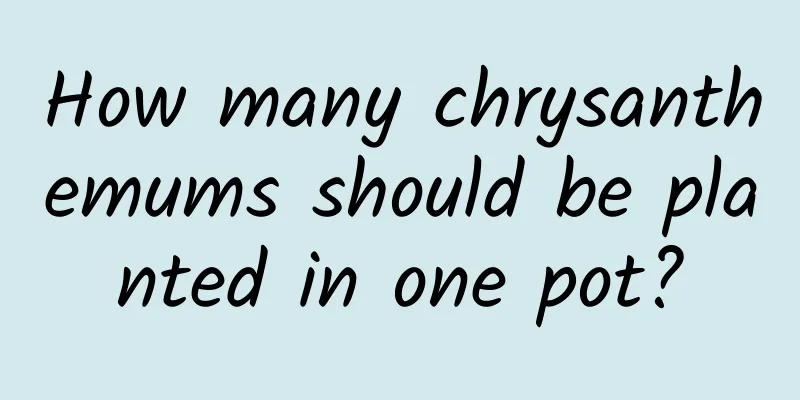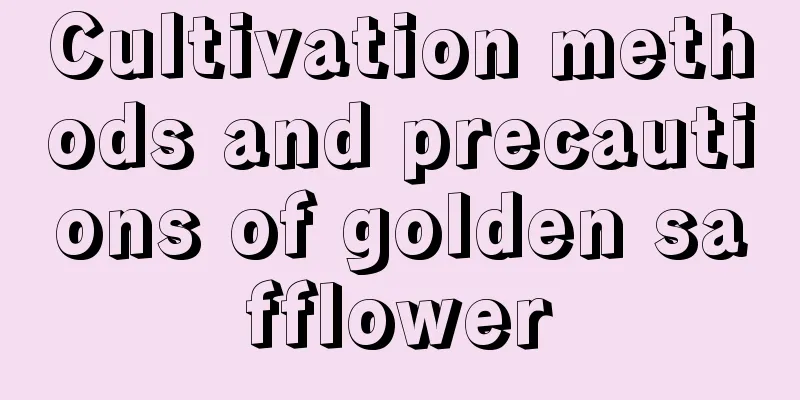Is the compost so smelly that it kills you? Learn a few tricks from a 60-year-old flower farmer and you can keep your flowers at home smell-free!

Add brown sugar1. First of all, the compost will have a taste only when it is not fully fermented. Truly fermented fertilizer has only a slightly sour taste and no odor. Brown sugar can speed up fermentation and shorten the smelly stage of the fermentation process. 2. Fermented fertilizer is acidic. If you are not sure about the pH, you can buy a pack of pH test strips and test it yourself. The picture below shows that it has been fully fermented, with a pH value of around 3. Add orange peel1. Chop orange peel, grapefruit peel, tangerine peel, etc. into small pieces and pour them into the composting container. The fertilizer fermented in this way not only has a small odor, but also has a faint fragrance. 2. At the beginning, unscrew the lid to release the air once every 4 or 5 days. After half a month, release it once a week, then once a month, and you don’t need to release it after that. More gas is produced at the beginning, and less and less gas is produced later. After fermenting for 2 months, unscrew the lid and smell it. If there is no odor, it can be used. Add EM bacteria1. EM bacteria are commonly used fungi in agriculture. When composting, pour some EM bacteria into the bucket to speed up the fermentation and eliminate odors. 2. The picture below shows the result of fermentation for one week after using EM bacteria. The jar contains various fruit peels and fruit residues left over from juicing, and you can see that they have basically begun to soften and rot. Put a piece of glass to seal the bottle mouth, and you can use it in a month, and you won’t smell any odor at all. Add lees1. Wine lees contain a lot of lactic acid bacteria and yeast, and are natural fermentation agents. Pouring a little wine lees into the compost can greatly shorten the composting time. 2. After adding the lees and fermenting it, the taste will not be bad, but will have a light wine aroma. The compost in the picture below is made using the sandwich composting method, which is a layer of soil, a layer of kitchen waste, and then another layer of soil... After adding wine lees in the middle, bacteria grew in a week, and the kitchen waste in the middle also quickly matured. Add oleander leaves1. Everyone must know that oleander is poisonous. Adding oleander leaves during composting can kill insect eggs and repel small insects. 2. Crush the oleander leaves, put them directly into the compost bucket and stir them. Add quicklime1. Flower lovers often complain that the fertilizer they worked so hard to ferment is infested with bugs, and they have to throw it away. In fact, you can add some quicklime powder in the compost barrel. 2. Adding quicklime can not only kill bacteria and disinfect, but also the large amount of calcium fertilizer it contains can supplement nutrients for plants in the later stage. |
Recommend
Can Houttuynia cordata be grown by cuttings? When is the best time to grow Houttuynia cordata?
1. Will the cuttings survive? Houttuynia cordata ...
How to prune potted roses
When to prune roses Potted roses can generally be...
How to grow Jade Leaf Succulent and what to pay attention to
Growth habits of Jade Leaf Succulent The Jade Pla...
How to grow jasmine potted plants well (how to grow jasmine at home)
First, soil Jasmine is native to tropical and sub...
How to grow hydroponic Guanyin bamboo in winter
1. Temperature range In hydroponics in winter, te...
Feng Shui Effects of Raising Monstera at Home
Feng Shui Effects of Monstera Lucky The arrangeme...
Planting and management of forsythia trees, when to fertilize
1. Planting method 1. Site selection and land pre...
Longan's growing environment and local conditions
Longan Growth Environment and Conditions Longan p...
Cultivation methods and precautions of Anthurium
Anthurium is very easy to grow and take care of. ...
How to grow garlic, wholesale price of garlic
1. How to plant 1. Select garlic seeds: Good garl...
How to deal with snow orchid after it blooms and how to keep the bulbs after the flowers fade
Snow orchid post-flowering treatment 1. Cut off t...
What flowers are suitable for growing in Ili Kazakhstan? What are the city flowers and trees?
1. Climate characteristics of Ili Kazakhstan Ili ...
When is the best time to sow tuberose seeds?
Tuberose seeds sowing time Tuberose seeds are usu...
The time and method of pruning roses in spring (how to prune roses in spring)
Early spring to make up for winter pruning From t...
Which month is the best for planting angular loofah? Which month is the best for sowing?
Which month is suitable for planting angular loof...
